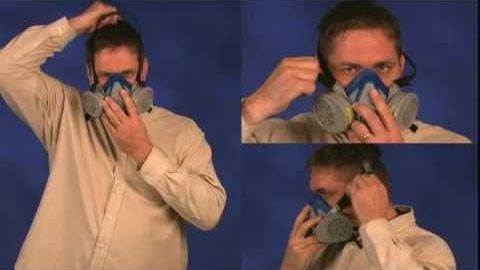
Subtitles & vocabulary
Respiratory Protection for Healthcare Workers Training Video
00
kuoyumei posted on 2015/04/30Save
Video vocabulary
properly
US /ˈprɑːpərli/
・
UK /ˈprɔpəlɪ/
- Adverb
- In an appropriate or correct manner
- In a way that is suitable or appropriate.
A2
More fit
US /fɪt/
・
UK /fɪt/
- Adjective
- Good looking; physically attractive
- Having good physical health and strength
- Verb (Transitive/Intransitive)
- To install a machine, equipment etc.
- To adjust or change to the right size or shape
A2
More provide
US /prəˈvaɪd/
・
UK /prə'vaɪd/
- Transitive Verb
- To make available; to supply for use
- To make certain something will happen or be done
A1TOEIC
More wear
US /wer/
・
UK /weə(r)/
- Verb (Transitive/Intransitive)
- To have clothes, glasses, shoes etc. on your body
- To display an expression or emotion on the face
- Noun (Countable/Uncountable)
- Clothing designed for a purpose e.g. skiing
A1
More Use Energy
Unlock All Vocabulary
Unlock pronunciation, explanations, and filters
